Amagi Shigure Japanese Maple – 3 Gallon Pot
$199.97 Original price was: $199.97.$96.99Current price is: $96.99.
SKU: D2LSC 1012801758 Category: JAPANESE MAPLE TREES
- 7 days return and exchange
- 100% Quality Satisfaction
- Shop with Confidence
- No Compromise on Quality

Amagi Shigure Japanese Maple
Acer palmatum ‘Amagi Shigure’
Plant Details
USDA Plant Hardiness Zones: 5a-9a (9b?) Find Your Zone
Height at Maturity: 5-6′ at 10 years of age; 10-12′ at maturity
Width at Maturity: 3-3.5′ at 10 years of age; ‘6-7’ at maturity
Growth Habit / Form: Upright
Growth Rate: Slow
Foliage Color in Spring: Brilliant Fuchsia shades with Deep Purple-Black veining
Foliage Color in Summer: Red shades with Deep Blackish Green veining
Foliage Color in Fall: Bright Orange and Red shades
Light Needs: Morning Sun with Dappled or Afternoon Shade
Water Needs: Average
Soil Type: Clay (amend heavy clay to ensure good drainage), Loam, Sandy, Silty
Drainage: Moist But Well Drained; Does not like wet feet!
Soil pH: 5.0 – 7.0 is ideal
Maintenance: Low
Resistances: Deer, Heat
Description
One of the best of the Ghost-like Japanese Maples, ‘Amagi Shigure’ sports coloration like no other. It spring, the leaves emerge an eye-catching brilliant fuchsia with deep purple-black veining. By summer the leaves have turned to a deeper brick red color with blackish green veining. Leaves that get more shade take on a pale whitish-pink tone with vibrant green veining. With the arrival of cooler temperatures in fall the leaves turn bright orange and red shades with maybe some purple. The bark has amazing coloration as well. The newest stems are a cherry-brown color aging to a soft grey-jade. The oldest branches are a dusty grey-grown. Reaching 10 to 12 feet tall and half as wide at maturity, with a full-but-not-dense look that shows off the foliage as well as the bark, Amagi Shigure is a fine specimen for smaller garden spaces and containers.
Landscape & Garden Uses
To showcase its magnificence and beauty, the Amagi Shigure Japanese Maple is best used in landscape design as a focal point specimen to draw attention to a specific area of the home or landscape. That said, in larger landscape spaces they can be grouped or two can be used to frame an entryway.
Suggested Spacing: At least 10 feet for space between trees
Container culture can extend the useful range of Japanese Maples. They are extremely easy to grow in containers, a practice taken to it’s most extreme form in the art of bonsai. Click on the link below under Helpful Articles for Japanese Maple container planting instructions.
Note: One Japanese Maple can make a landscape…that is, if you don’t overcrowd it with other trees and plants. Therefore, when choosing companions to plant under or around your Japanese Maple, make sure to select low-growing shrubs or groundcover plants that won’t interfere at all with your tree.
Growing Preferences
Though delicate looking, Japanese Maples are actually very tough and long-lived trees. They are very easy to grow in the ground or in containers.
In their natural habitat, Japanese Maples are understory trees, growing in dappled forest sunlight at the edges of woodlands. Ideally Amagi Shigure is best grown in similar conditions. Avoid direct afternoon sunlight. That said, you can find a complete listing of our sun-tolerant Japanese Maple varieties here.
Most any average garden soil will grow Japanese Maples. They prefer a moist but well-drained soil rich in organic matter. As with so many other ornamental plants and trees, constantly soggy or wet soil can be problematic. So make sure to plant your Japanese Maple in a well-drained site.
Helpful Articles
Click on a link below to find helpful advice from our experts on how to plant and care for Japanese Maple trees.
How To Plant A Japanese Maple Tree In The Ground
How to Plant A Japanese Maple Tree In A Pot
How To Fertilize And Water A Japanese Maple Tree
How To Prune A Japanese Maple
Plant Long & Prosper!
Meet The Wilson Brothers & Staff
Questions? Contact Us!
Be the first to review “Amagi Shigure Japanese Maple – 3 Gallon Pot” Cancel reply
Related products
New
JAPANESE MAPLE TREES
New
JAPANESE MAPLE TREES
New
JAPANESE MAPLE TREES
New
JAPANESE MAPLE TREES
New
JAPANESE MAPLE TREES
New
JAPANESE MAPLE TREES
Crimson Queen Dwarf Japanese Maple (High Graft Tree Form) – 2 Gallon Pot
New
JAPANESE MAPLE TREES
New
JAPANESE MAPLE TREES

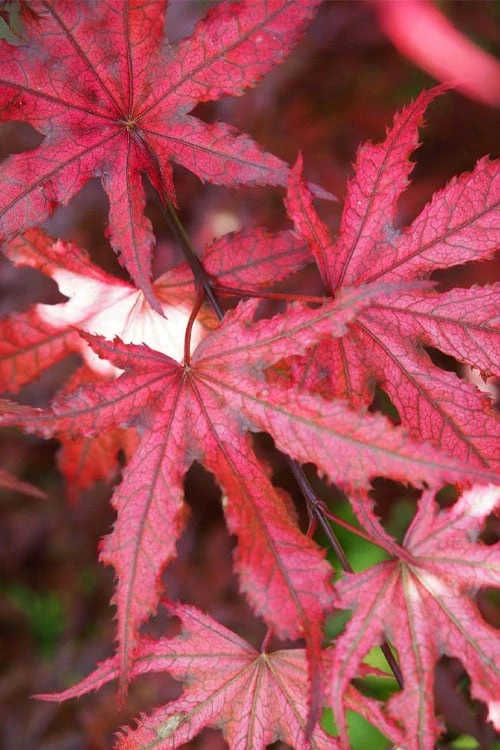

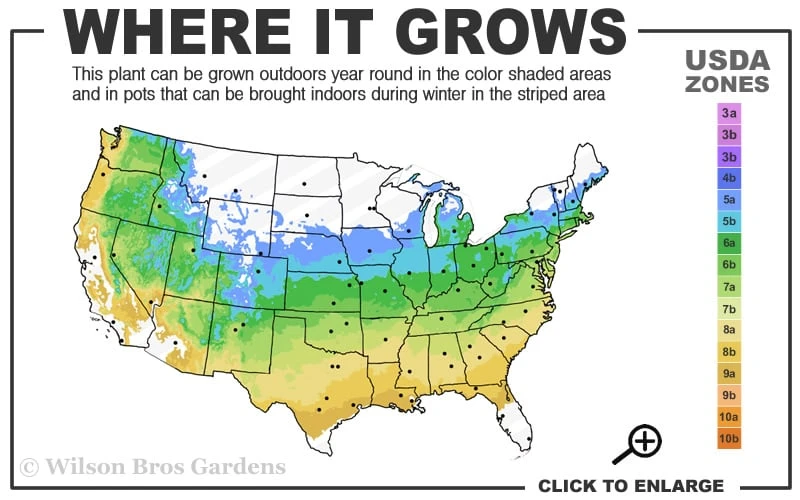


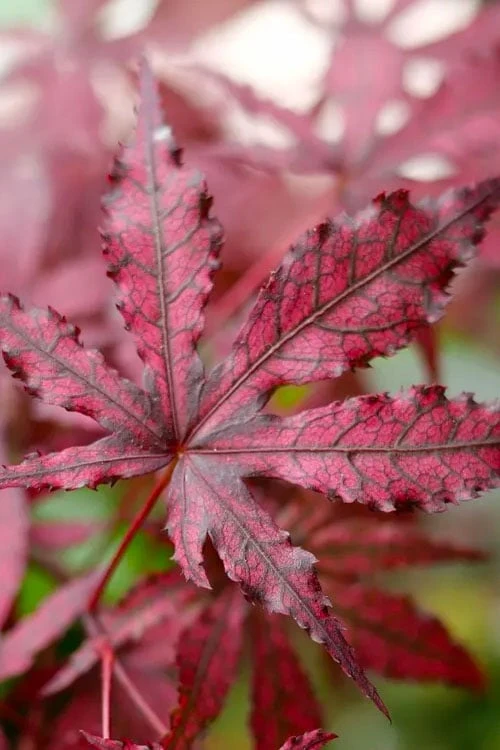
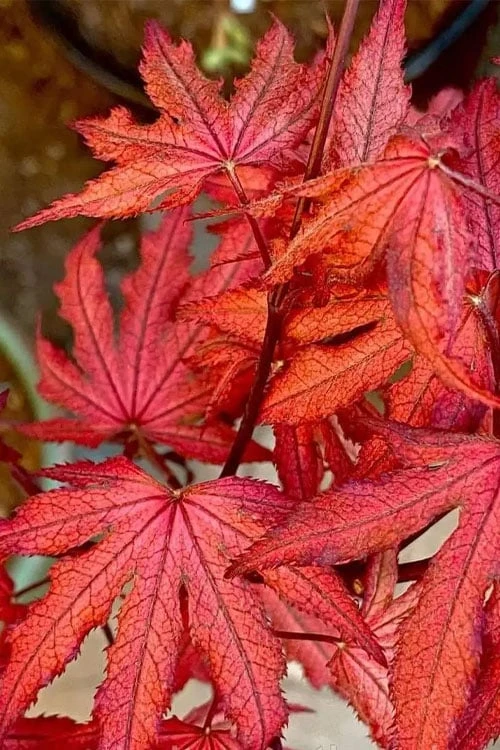
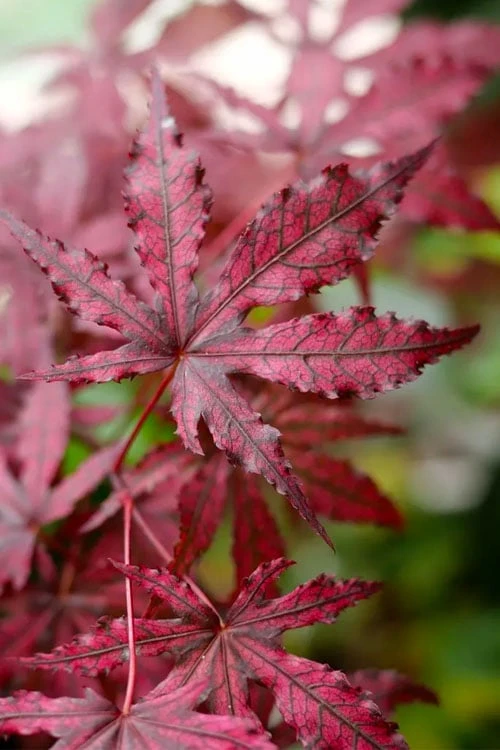
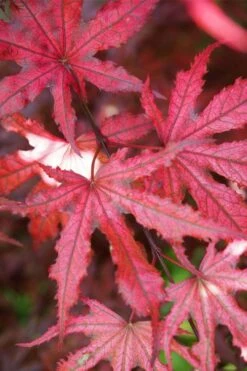
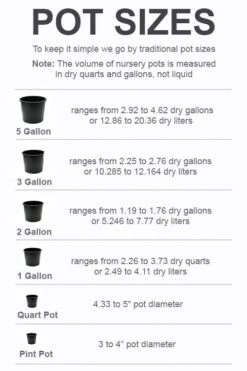
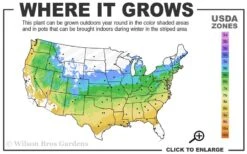



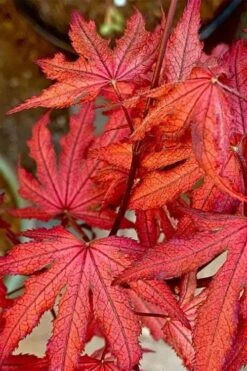


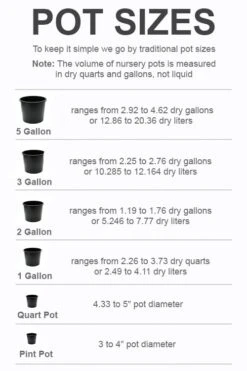

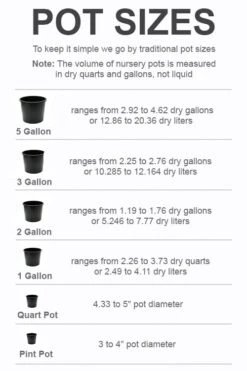


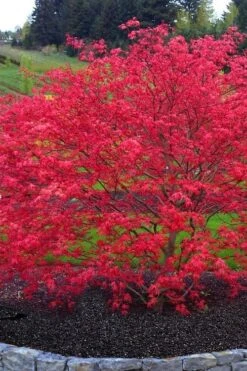
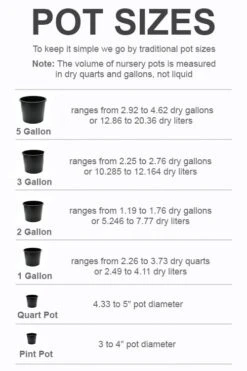
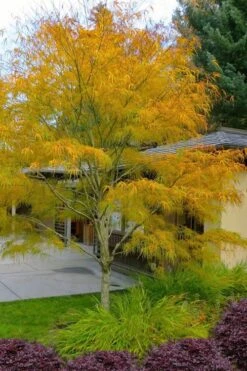


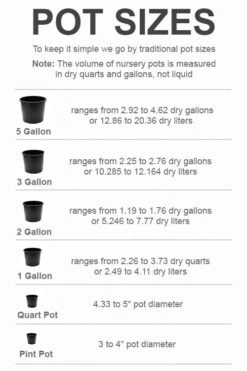



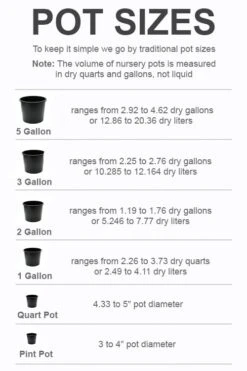
Reviews
There are no reviews yet.